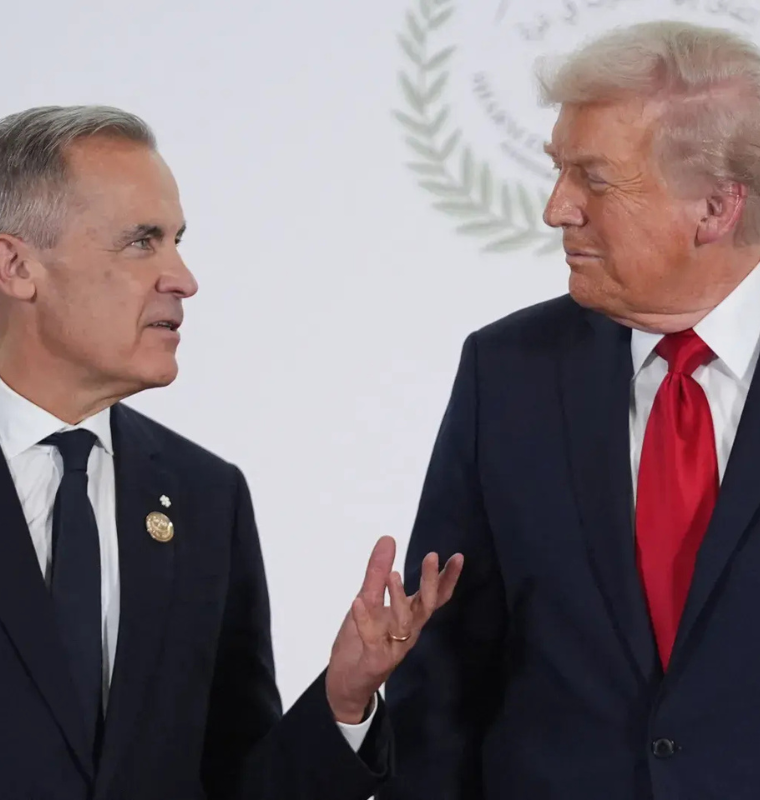India’s Oil Game Shifts: What Reliance’s Russian Crude Cut Means for the Future
India’s Oil Game Shifts: What Reliance’s Russian Crude Cut Means for the Future
By
Junia Wells
Last updated:
October 26, 2025
First Published:
October 26, 2025

Photo: CNN
India’s largest private refiner, Reliance Industries, is reportedly halting its massive intake of Russian crude oil—marking a potential turning point in India’s energy landscape. The move follows fresh U.S. sanctions on Russia’s energy giants Rosneft and Lukoil, and could reshape both Reliance’s profit margins and India’s broader oil supply strategy.
Reliance’s Russian Oil Dependence
Over the past two years, Reliance quietly became one of the biggest buyers of Russian crude. In September 2024, the company imported roughly 629,590 barrels per day (bpd) from Rosneft and Lukoil—nearly 40% of India’s total 1.6 million bpd of Russian imports, according to Kpler data.
To put that in perspective, Reliance’s Russian crude purchases have risen nearly 47% year-over-year, up from about 428,000 bpd in September 2023. Before the war in Ukraine, Russian oil accounted for less than 3% of India’s total imports—but today, it makes up one-third of the country’s crude basket.
However, Reliance’s decade-long supply deal with Rosneft—worth an estimated $12–13 billion annually and involving around 500,000 bpd—now faces uncertainty.
U.S. Sanctions Force Strategic Recalibration
The U.S. Treasury Department’s recent decision to sanction Rosneft and Lukoil signals Washington’s frustration with Moscow’s continued war efforts. The sanctions aim to “degrade the Kremlin’s financial capability”, which indirectly pressures major buyers like India to pivot.
For Reliance, that pivot won’t come without pain. Analysts estimate that over half of Reliance’s refinery feedstock has been sourced from discounted Russian crude—allowing the company to maintain some of Asia’s strongest refining margins. Losing that advantage could compress margins and profitability significantly.
Pankaj Srivastava, Senior VP at Rystad Energy, notes that while alternative supplies from West Asia, Brazil, or Guyana are readily available, “they come at a higher cost.” Russian Urals crude has consistently traded $5–6 per barrel cheaper than comparable Middle Eastern grades.
Financial Impact and Market Adjustments
According to brokerage firm Jefferies, the impact of moving away from Russian oil remains manageable, but not insignificant. The benefit of discounted Russian oil currently contributes about 2.1% of Reliance’s projected consolidated EBITDA of ₹2.05 trillion ($22.8 billion) for FY2027.
In the first half of FY2026, Reliance reported a consolidated EBITDA of ₹1.08 trillion ($12.3 billion), with its oil-to-chemicals division contributing ₹295 billion. Telecom and retail divisions made up nearly ₹500 billion combined, cushioning the potential blow from oil margin fluctuations.
Still, in the short term, analysts expect Reliance to experience friction in securing replacement barrels, especially given the scale of its Russian supply agreements.
The Bigger Picture: India’s Energy and Trade Balancing Act
Other Indian refiners—both state-owned and private—are also exploring ways to scale back on Russian imports. While this might raise India’s import bill, analysts argue the hit will be softer than expected given the current $61–62 per barrel price of U.S. crude.
Vandana Hari of Vanda Insights describes India’s previous Russian oil purchases as “opportunistic buying”, fueled by steep wartime discounts rather than long-term strategy. With those discounts fading, Indian refiners can more easily shift toward Middle Eastern or Latin American sources without major supply disruptions.
The geopolitical upside, however, could be even more significant. India’s dependency on Russian crude has long been a sticking point in its trade relations with Washington. By reducing those imports, New Delhi could smooth the path toward a long-anticipated U.S.–India trade agreement, potentially reversing the 50% tariff currently imposed on Indian exports to the U.S.
Looking Ahead
For Reliance, this transition represents more than just an operational adjustment—it’s a strategic reset in a rapidly evolving global energy market. As the company diversifies its crude sourcing, it will also likely accelerate its investments in renewable energy, petrochemicals, and refining upgrades to maintain profitability.
Meanwhile, India’s broader oil strategy continues to evolve. The era of opportunistic Russian crude buying may be ending, but the move could ultimately strengthen India’s global trade positioning—and redefine its long-term energy independence.
Popular articles
Subscribe to unlock premium content
Why Urban Beekeeping Is Becoming a Multi-Million-Dollar Eco Trend

How Allbirds Turned Wool Sneakers Into a Global Sustainability Trend

The Economics of Renting Hypercars to Tourists in Monaco

Why Urban Beekeeping Is Becoming a Multi-Million-Dollar Eco Trend

How Allbirds Turned Wool Sneakers Into a Global Sustainability Trend

Why Urban Beekeeping Is Becoming a Multi-Million-Dollar Eco Trend









